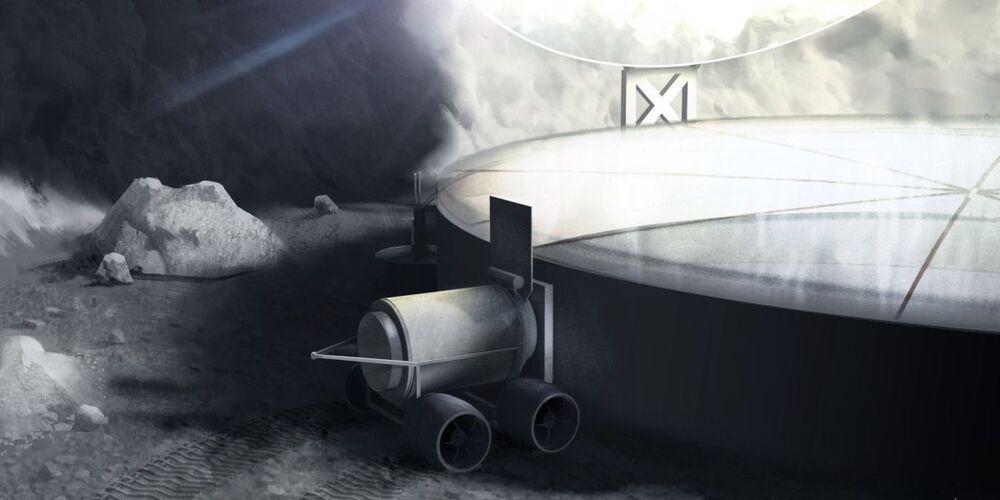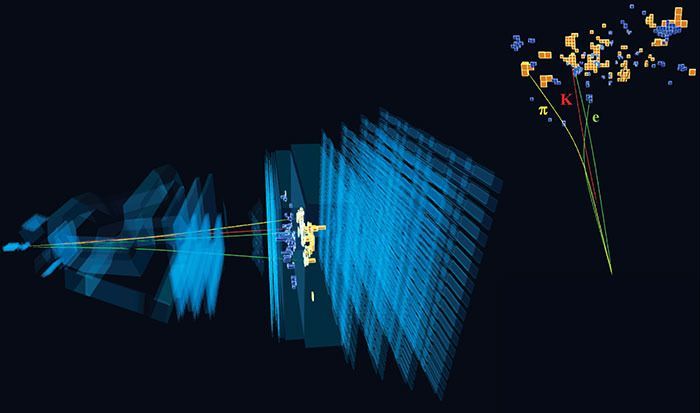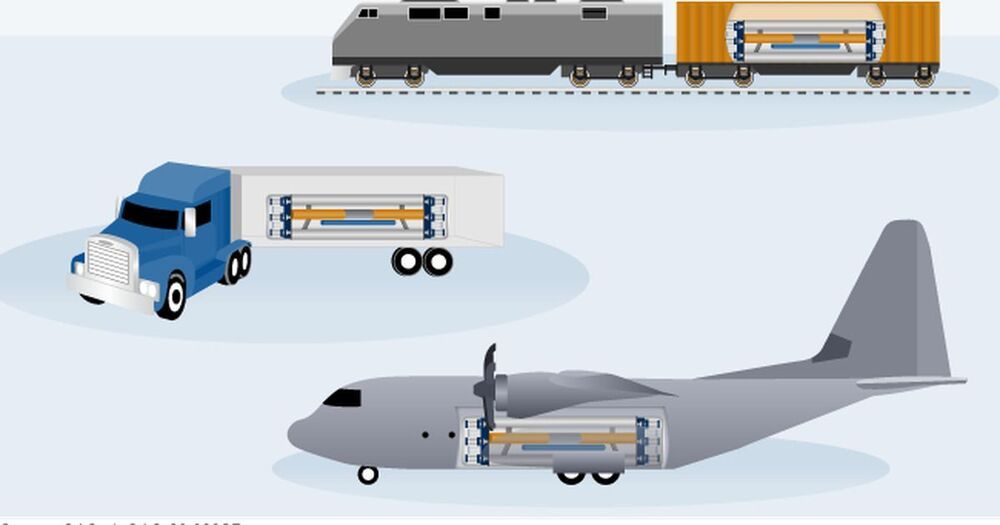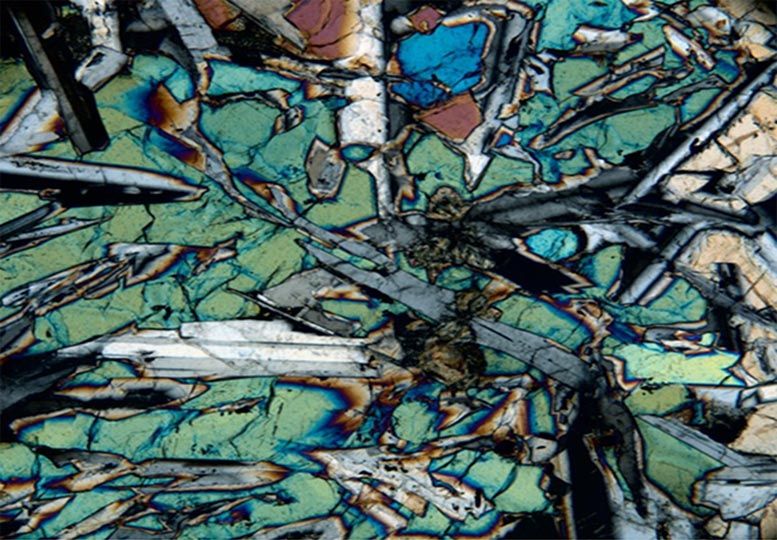😀
The Artemis program is supposed to usher in a new age of lunar mining, especially for water ice. But how, exactly?

Join the Transdisciplinary Agora for Future Discussions, Inc. — TAFFD’s.
A bi-weekly virtual town hall-like show presenting in-depth discussions on issues connected to African advancement in the 21st century ranging from science, technology, … See More.
–
Mission.
Creating a space for discussions on ideas and issues related to the African condition, and develop a suitable narrative through multidimensional approaches to drive progress in Africa towards a sustainable and more prosperous future.
Vision.
Building from the present and critically reconstructed African past for a greater, highly advanced, cosmopolitan, peaceful, and prosperous future African civilization through meaningful and fruitful discourse and action.
Holding: TAFFD’s Africa.
This progressive trance set is labeled SYNTELLECTUS and is inspired by The Syntellect Hypothesis, a recent best-selling book of mine… If you remember, SYNTELLECTUS refers to a neologism Holo Syntellectus — a new hybrid species emerging as a syntellect, [phase-transitioning to] one global mind… Enjoy!
https://youtu.be/P8QQz3jzsxI (((Subscribe to EM Channel!)))



Summary: Focused ultrasound allowed researchers to record and monitor brain activity in a non-invasive way. The technology allowed the researchers to predict movement.
Source: CalTech.
What is happening in your brain as you are scrolling through this page? In other words, which areas of your brain are active, which neurons are talking to which others, and what signals are they sending to your muscles?

A hint of the possible existence of a hypothetical particle called a leptoquark has appeared as an unexpected difference in how beauty quarks decay to create electrons or muons. Measured by physicists working on the LHCb experiment on the Large Hadron Collider (LHC) at CERN, the difference appears to violate the principle of “lepton universality”, which is part of the Standard Model of particle physics. The measurement has been made at a statistical significance of 3.1σ, which is well below the 5σ level that is usually considered a discovery. If the violation is confirmed, it could provide physicists with important clues about physics beyond the Standard Model – such as the existence of leptoquarks.
When high-energy protons are smashed together at the LHC large numbers of exotic particles are created, including some containing the beauty quark. These exotic particles quickly decay, and beauty quarks can follow decay paths that involve the production of either electrons or muons, which are both leptons. According to the Standard Model of particle physics, the interactions involved in producing leptons do not discriminate between lepton type, so the rates at which electrons and muons are created by beauty-quark decays are expected to be the same.
Starting in 2014, physicists working on LHCb noticed hints of the violation of this lepton universality. Now, after analysing collision data collected between 2011 and 2018, the researchers have found that the beauty quark appears to favour the electron decay chain over the muon decay chain.


The two companies, along with Westinghouse Government Services, were each given preliminary contracts of less than $15 million in March 2020 to begin design work. The final design is due to the Strategic Capabilities Office in 2022, at which point the Defense Department will make a decision on whether to move forward with testing the systems.
“We are thrilled with the progress our industrial partners have made on their designs,” Jeff Waksman, Project Pele’s program manager, said in a statement. “We are confident that by early 2022 we will have two engineering designs matured to a sufficient state that we will be able to determine suitability for possible construction and testing.”
The Pentagon has long eyed nuclear power as a potential way to reduce both its energy cost and its vulnerability in its dependence on local energy grids. According to a news release, the Defense Department uses “approximately 30 Terawatt-hours of electricity per year and more than 10 million gallons of fuel per day.”

A new type of rock created during large and exceptionally hot volcanic eruptions has been discovered beneath the Pacific Ocean.
An international team of researchers including the University of Leeds unearthed the previously unknown form of basalt after drilling through the Pacific ocean floor.
The discovery suggests that ocean floor eruptions sourced in the Earth’s mantle were even hotter and more voluminous than previously thought. Report co-author is Dr Ivan Savov, of Leeds’ Institute of Geophysics and Tectonics, in the university’s School of Earth and Environment.